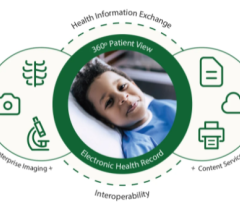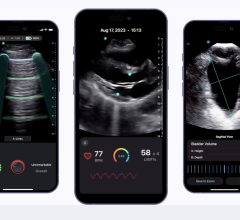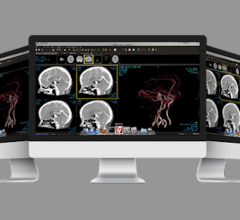Before his resignation in 2006 as the Bush Administration’s national healthcare IT czar, Dr. David Brailer had been passionately promoting the value of electronic health records (EHRs) for about two years. From a strategic point of view, what kind of progress do you think he made in convincing healthcare facilities to adopt and implement this technology? And how should healthcare facilities interpret his resignation?
Dr. Brailer did an outstanding job under extremely difficult circumstances. He was very successful building awareness in the industry and with healthcare consumers regarding the real need for the adoption of interoperable, standards-based electronic health records. He experienced this personally in Santa Barbara and was able to bring that knowledge to his role as IT czar.
Some people might look at the current state of EHR adoption and say that there has not been a great deal of progress made. But, if you look at what Dr. Brailer set out to do, he went about building the foundation on which EHR adoption will occur. I believe he made significant progress toward that goal. From the beginning, he saw that there were many obstacles keeping adoption from occurring and laid out a very thorough plan to help remove those obstacles.
We have seen the most significant progress in the establishment of the certification commission, the relaxation of the Stark Laws and Anti-kickback Statutes, and the changes in physician attitudes regarding the EHR, which were confirmed in the Harris Interactive study McKesson commissioned and released in September.
Dr. Brailer had a huge job. He is a visionary and laid out a very solid plan. Now, the job has been turned over to Dr. [Robert] Kolodner who has a solid track record for execution.
Considering President Bush’s national healthcare information technology agenda and timeline, what do you see as the key priorities for the next couple of years? Why do you believe those priorities can be achieved by the Bush Administration’s 2014 deadline?
First, the advancement of the certification process and the agreement on interoperability standards are critical elements to the healthcare information technology agenda. As an example, bodies such as HITSB — arriving at standards to support interoperability — and CCHIT — driving how those standards will be implemented by vendors — are initiatives that are just beginning to gain traction and should continue to receive the highest levels of support. Without standards and a way to enforce those standards, providers will continue to maintain patient information in silos with limited opportunity to electronically share information to drive safer, more efficient patient care.
Next, we believe that public-private collaboration should be encouraged to drive EHR and personal health record (PHR) adoption at an affordable price. Stark relaxation could go even further to help create a ‘supply chain view’ of how information should flow between medical staffs and their hospitals. And finally, look at the growing emphasis on consumerism. Consumer empowerment and choice should be encouraged through health spending accounts and PHRs.
I can’t be positive that all Americans will have access to an EHR by 2014, but I am sure that the amount of energy created among physicians, hospitals, payers and other stakeholders has pushed the momentum to the point of no return.
Healthcare IT has never enjoyed such a prominent position in policy discussions at all levels of governments. So much energy has been created that even if physicians were to balk at implementing an EHR, consumers will demand it and begin to build their own records. We see the consumer and provider push converging. It’s hard to see how we won't get there by 2014; but if we don’t, we will be very close.
Do you see enough achievable and recognizable economic and quality benefits from electronic medical records to motivate outpatient care facilities to adopt and implement them? Why?
EMRs are not new to the industry. In fact, they have been around for years and multiple studies have been conducted on both their financial and clinical benefits including reduction in transcription costs, reduction in the cost of labor and materials to maintain paper charts, increase in coding accuracy, increase in staff productivity as more effective means of data entry are made available, reduction in medication errors with e-prescribing, reduced staff phone time for refill requests and new prescription clarifications.
The real acid test occurs once an EHR is implemented, what do physicians have to say about it? We can cite providers who have said if you take this away from me, I quit. Once physicians get used to EHRs, they don’t want to go back to paper-based systems. When you look at the hard ROI, there are positive impacts in the areas of improved coding, decreased transcription costs and reduced chart management costs. But, the EHR also has an impact on areas that are not easily measured like an improved work-life balance and a confidence that care is being delivered in a safe and efficient way.
Feature | March 01, 2007
Tom Leonard talks about adoption and implementation trends in the face of government policy.


 June 28, 2024
June 28, 2024 








